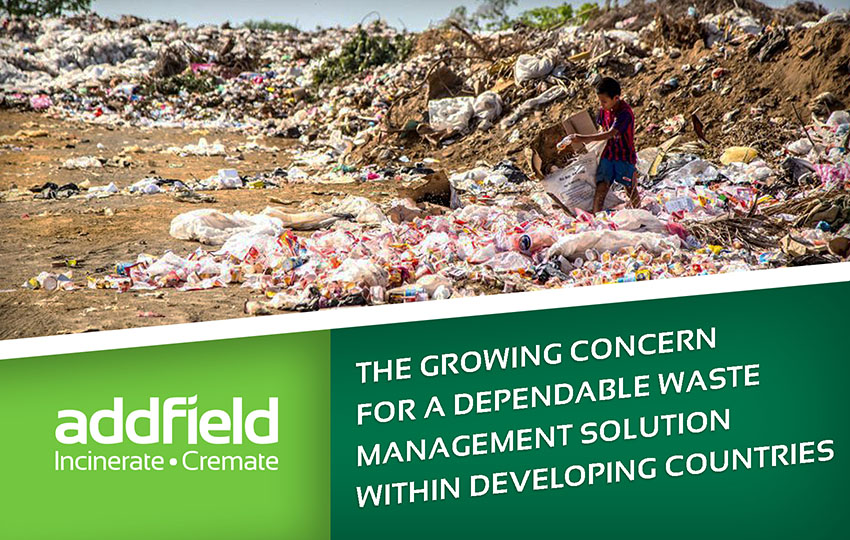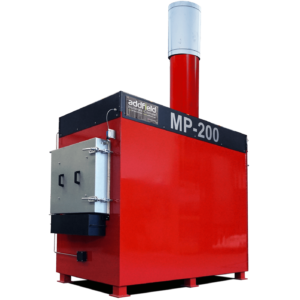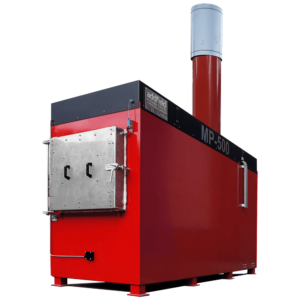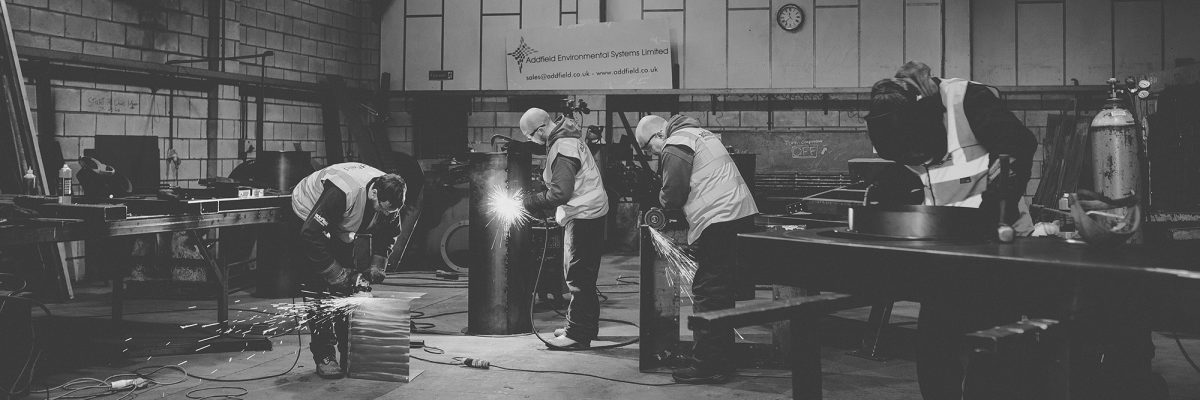
09/01/18
You cannot just bury your medical waste.
A growing concern across many developing countries comes from the lack of infrastructure and dependable waste management.
What some believe is the easiest approach to disposing of medical waste is just throwing it out into open ground, the next step in this process appears to be simply burying the waste and hoping that the problem takes care of itself.
Sadly where out of sight, out of mind may be the attitude. The environmental, health and economic impact of this approach couldn’t be more expensive.
Throughout the years across numerous developing countries, we have seen many attempts to just hide waste, with the hope it will just go away, which has resulted in a toxic spread.
This type of approach often comes to the forefront of attention during a viral outbreak such as Avian Flu or Foot and Mouth even with the recent Ebola outbreaks. Where resources are lacking, people just do not have a safer and cleaner option than medical incineration would deliver. Regardless of the type we would always side with caution and recommend that all waste is treated with respect and disposed of according to type.
What happens when you bury infected waste?
Burying infected waste creates both short and long-term impacts on the environment. In the short term, the bacteria from the waste continues to spread and is able to leach directly into the environment potentially spreading any viruses to people, and livestock that can feed on the waste which in turn increases the risks of potential cross-contamination to humans.
In the long term as the waste decomposes if biological, in part it liquifies and this, in turn, spreads the infected dormant cells through the soil and ground and can eventually reach the water table. If the waste is non-biodegradable then it could sit in the ground as a ticking toxic time bomb capable of spreading Hepatitis and other viral and blood born diseases.
What happens when you burn infected waste?
We have visited many locations where attempts have been made to incinerate waste. Taking the form of either a fire pit dug into the ground or a simple bonfire, neither of which deliver safe results and in fact, can speed up the spread of infection.
When waste is burned in a standard fire it fails to reach an adequate temperature (minimum of 750 degrees C) to sterilise the waste and neutralise any bacteria and pathogens, toxins etc. This means that even though the volume of waste is reduced the harm can still remain.
A standard by-product of burning is the fine smoke and particulates which lift off and blow away in the wind potentially spreading bacteria. In addition improperly managed burning also results in an increase of toxic gasses being emitted into the environment, which can reach excessive levels.
What happens when you incinerate waste correctly:
The solution in our opinion is to ensure appropriate and responsible incineration, with the right waste going into the right machine as a starting point. Incineration should be carried out in an appropriate two chamber machine.
With the first chamber destroying the physical matter at temperatures in excess of 750 degrees centigrade effectively sterilising any waste ash left behind. With the second chamber further heating and processing any smoke, ash and odour created as a by-product of burning at temperatures in excess of 1100 degrees centigrade.
The final by-product from our incinerators is simply hot air and sterile ash which in many cases is safe to dispose of anywhere and in special cases will require being disposed of in regards to local regulations. Once correctly incinerated any Metal and Glass remaining can be recycled and the clean ash is able to be used as a bonding agent for aggregate.
With the continuing growth across developing countries backed with a lack of dependable resources available if unchecked Medical Waste could be a future environmental disaster waiting to happen. With the simple addition of affordable and appropriate medical waste incineration, this can be easily averted and communities can continue to develop safe and securely.
https://www.dawn.com/news/1282049
https://www.ncbi.nlm.nih.gov/pubmed/24791883
https://www.ncbi.nlm.nih.gov/pubmed/24791883
https://www.geo.tv/latest/113237-Karachis-medical-waste-problem
To learn more about the Addfield range of medical incinerators Click Here
Learn more about our highly popular MP200 Click Here
- British Designed.
British Built. - World leaders in
incineration technology. - Unrivalled build quality
& machine longevity. - Distributed to more
than 150 countries. - Environmentally
Responsible. - Trusted partner, over
40 years experience.





